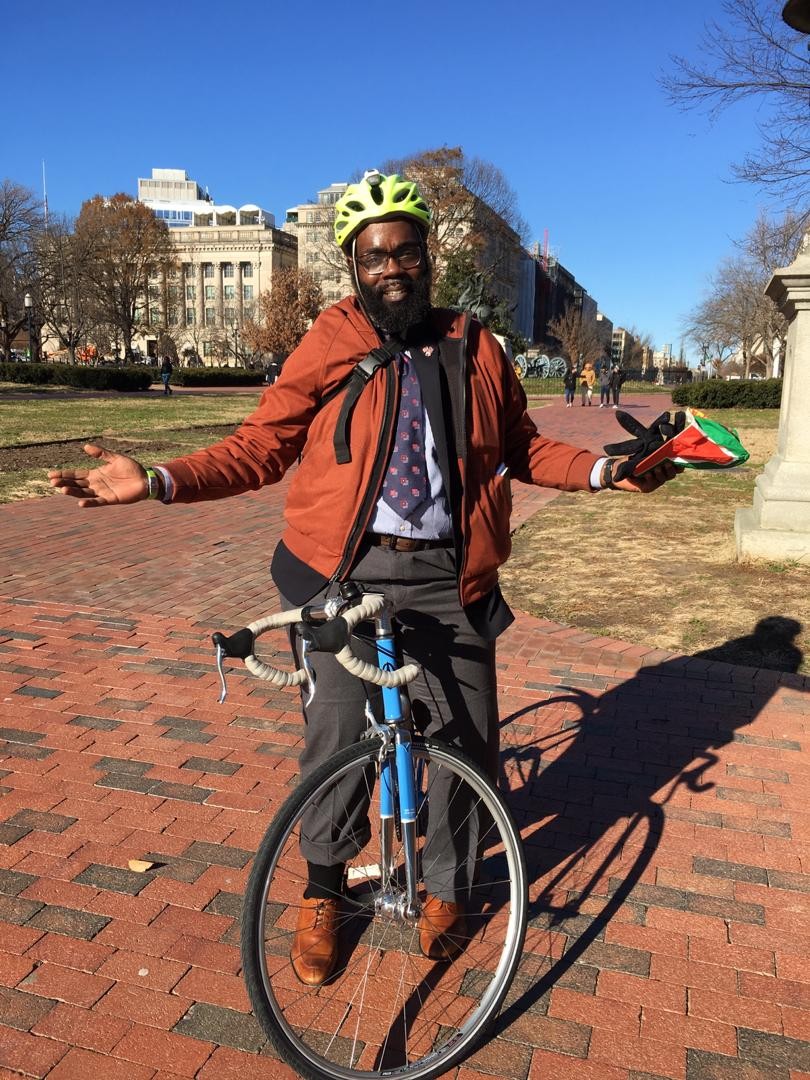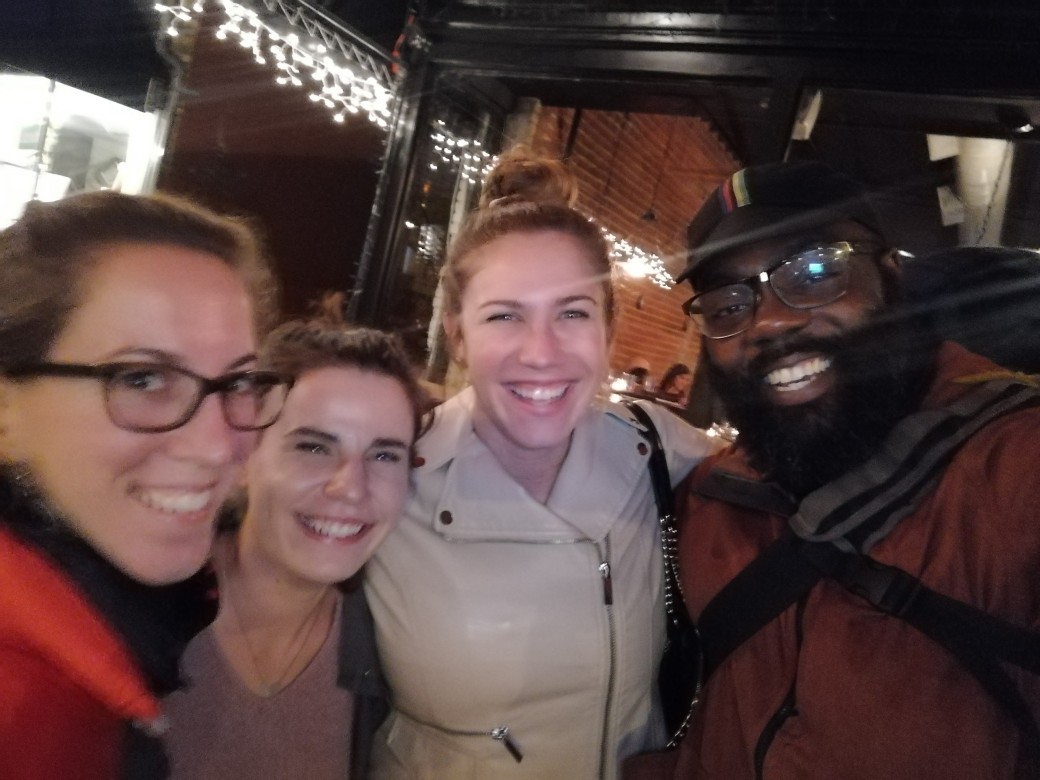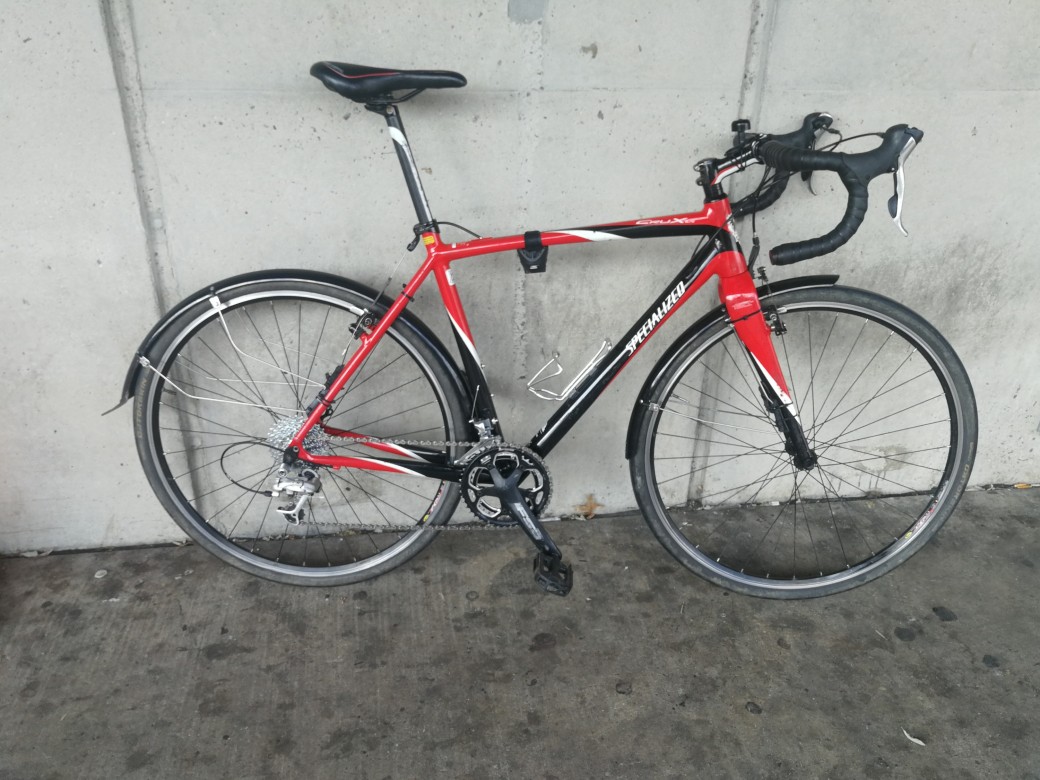When I was finishing my service in the kingdom of eSwatini, I was applying for jobs. I applied for jobs all over the US and a few abroad. I knew that I would need to eventually work (or do something) to support whatever life I’d have post-Peace Corps. I started a spreadsheet to track all of the jobs I would apply to. I color coded the document to know (at a quick glance) who had replied to me, passed on my skill set, and/or requested an interview.
Throughout my COS trip, I applied to several jobs knowing that I wasn’t planning on returning to the US for a few months. Before I left eSwatini, I had been invited to two interviews. Thankfully, many hiring managers and interviewing staff were extremely gracious and accommodating as I interviewed via telephone or video conference. I am also thankful for fellow travelers I met throughout my COS trip who let me use their laptops and/or Wi-Fi to do these interviews.
Upon returning to DC, I had a few more interviews. This time, in person. It was the first time in more than seven years that I had sat in an interview room as an interviewee. Although I was (and still am) confident in my skill set, the once-again newness of the job search brought on a certain nervousness and uncertainty. Thankfully, DC is home to many RPCVs and a supportive community of friends and family. After connecting with friends of friends and friends to be, there were suggestions and leads to sort through. In hindsight, I’m glad that I met with everyone I did. Not everyone has a job or opportunity to offer; some can connect you to others and grow your network. Not everyone has connections, but maybe they can offer advice on the things they wish they had known when they were in your shoes. There is also value in having an attentive listening ear to give audience to the load of things floating around one’s mind. I found it very helpful to be able to talk through what I wanted and why I wanted it. It was equally as helpful to be asked questions about things that I may not have previously considered. I think that this made for a more refined presentation in job interviews and similar situations.
While I’m not a statistician, I do believe that numbers can be helpful. During this job searching period, I formally applied to 49 jobs including government, private sector, and NGO positions. This does not include various conversations that I may have had that informally discussed an open position and the like. Out of those 49 application submissions, 10 hiring managers let me know that they were passing on the opportunity to work with me. Eight of those 49 hiring managers invited me to an interview. One of those interviews resulted in the interviewing panel passing on my skill set, but they referred me to another team that was possibly interested. That led to another interview. After almost five months of post-service job hunting, I had received two offers. Last month, I started a new position just outside of Washington, DC in a field that I have extremely limited knowledge in. It’s a learning curve and an adjustment, and I’m enjoying it. Every day presents new challenges and new opportunities. For that, I’m thankful.
For those who may be wondering, being an RPCV helped. Having non-competitive eligibility (NCE) helped. Having a resume that shows adaptability, transferable skills, and a decent work history helped. I recognize that everyone has a different journey and experience. Many different things came together for me. It was magical that they came together at the right time. If this process and experience has taught me anything, it’s this: don’t be afraid to ask for help AND don’t be afraid to ask for what you want.
Be kind to yourself.
Onward.












